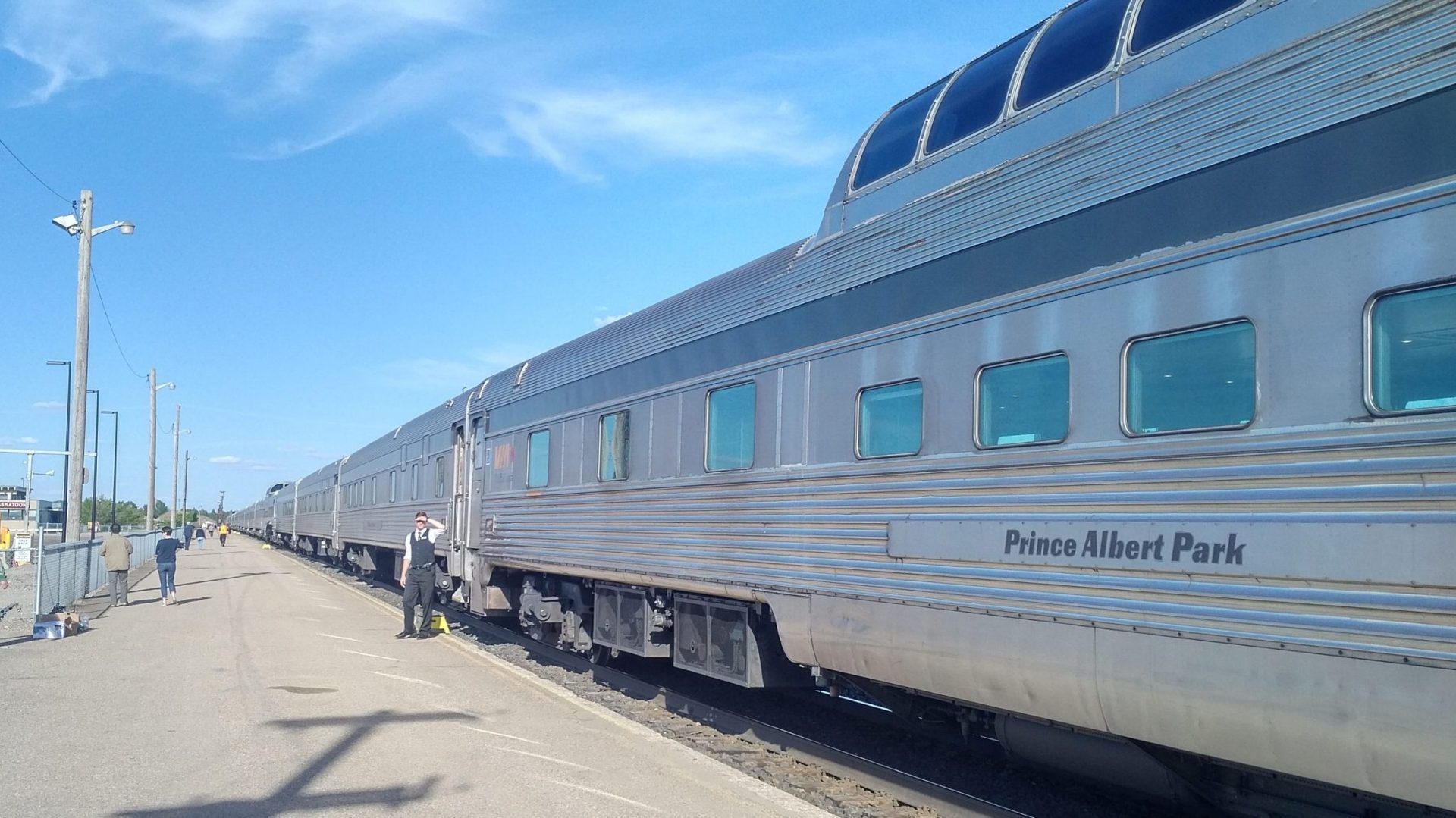
Transport Action welcomes the long-awaited announcement of a Market Consultation for the replacement of VIA Rail’s long-distance train fleet, which was issued on January 27th, 2023, and will urge the government support VIA Rail in moving the process forward as quickly as possible.
It was already clear that the remaining life of VIA Rail’s heritage stainless-steel fleet was limited before the engineering report in the fall that prompted the deployment of unoccupied buffer cars to address concerns about the remaining structural strength of the aging equipment. The balance of the long-distance fleet are mild-steel Renaissance cars, acquired in 2001, which have not proved durable under Canadian conditions and are now similarly life-expired.
The urgent question has been, and continues to be, whether these trains will be replaced before the existing fleet had to be withdrawn, if at all. If so, will the replacement be a worthy and fitting successor to the splendor of the Canadian when it first launched in 1955, able to carry visitors and Canadian alike across the great distances of our vast country in style, combined with 21st century standards for accessibility?
To that end, Transport Action has highlighted the need to allow VIA Rail to start the procurement process in conversations and communications with Transport Canada and politicians for the past several years. The market consultation follows the presentation of a business case by VIA Rail to the government over the summer, and an industry information day which was held last spring.
The engineering report brought the issue into sharp focus for Ottawa, particularly the possibility of having to withdraw the equipment entirely and suspend services if any further defects come to light in the teardown inspections and testing now underway at the National Research Council and CAD Rail. Thankfully, indications at the time of writing are that the results are positive, which is just as well because the process of procurement, development, production and testing for a new long-distance fleet could easily take seven or more years from the time the funding is committed. Therefore, we will continue asking for the government to allocate full funding upfront, in next federal budget, to ensure there are no unnecessary hold-ups in the process.
We also stand by our recommendation that at least 16 accessible cars, to provide barrier-free accommodation on all overnight trains, be prioritized in the production sequence and delivered first. VIA Rail currently has only six accessible cabins in its entire fleet, two of which will be lost once the Renaissance equipment is retired. Accessible day coaches should also be prioritized, and the equipment designed in such a way that new equipment can be added to existing consists as soon as it is ready.
There were already no accessible cabins on the Churchill route and following the pandemic and the need to reserve some of the equipment for use as unoccupied buffers cars, the service level on that route has been severely curtailed with no dining cars, limited food service, and limited sleeper accommodation. This drastically limits VIA’s ability to attract tourist traffic to help fund the essential service to remote communities. The Skeena route to Prince Rupert faces similar difficulties, with Park cars being closed off and therefore no tourist class offering.
Amtrak has also recently launched its procurement to replace the Superliners and other equipment on its long-distance services by 2032, posting an RFI in December. (Long standing members and supporters will recall that a plan to replace VIA Rail’s fleet with new Superliners was scuppered in the 1980s.) There could be an opportunity to reduce costs through a joint procurement, similar to the approach used for the new corridor fleet. However, there is likely to be a desire to maintain a distinctively Canadian service concept and to involve Canadian manufacturing facilities, while Amtrak may find itself limited in its ability to benefit from a unified supply chain by “Buy America” mandates.